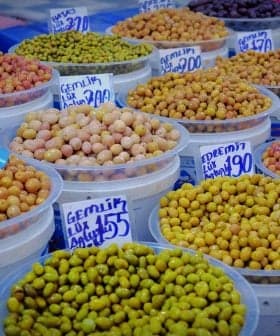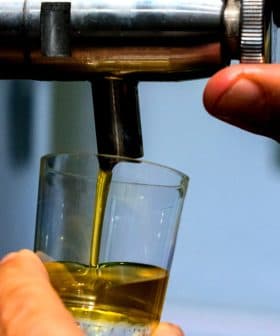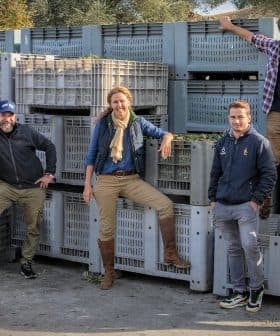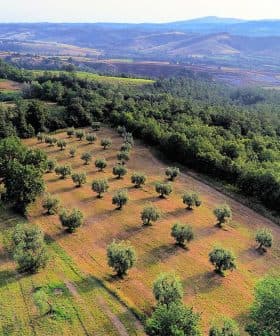Despite Drought, Uruguay Anticipates Record Harvest
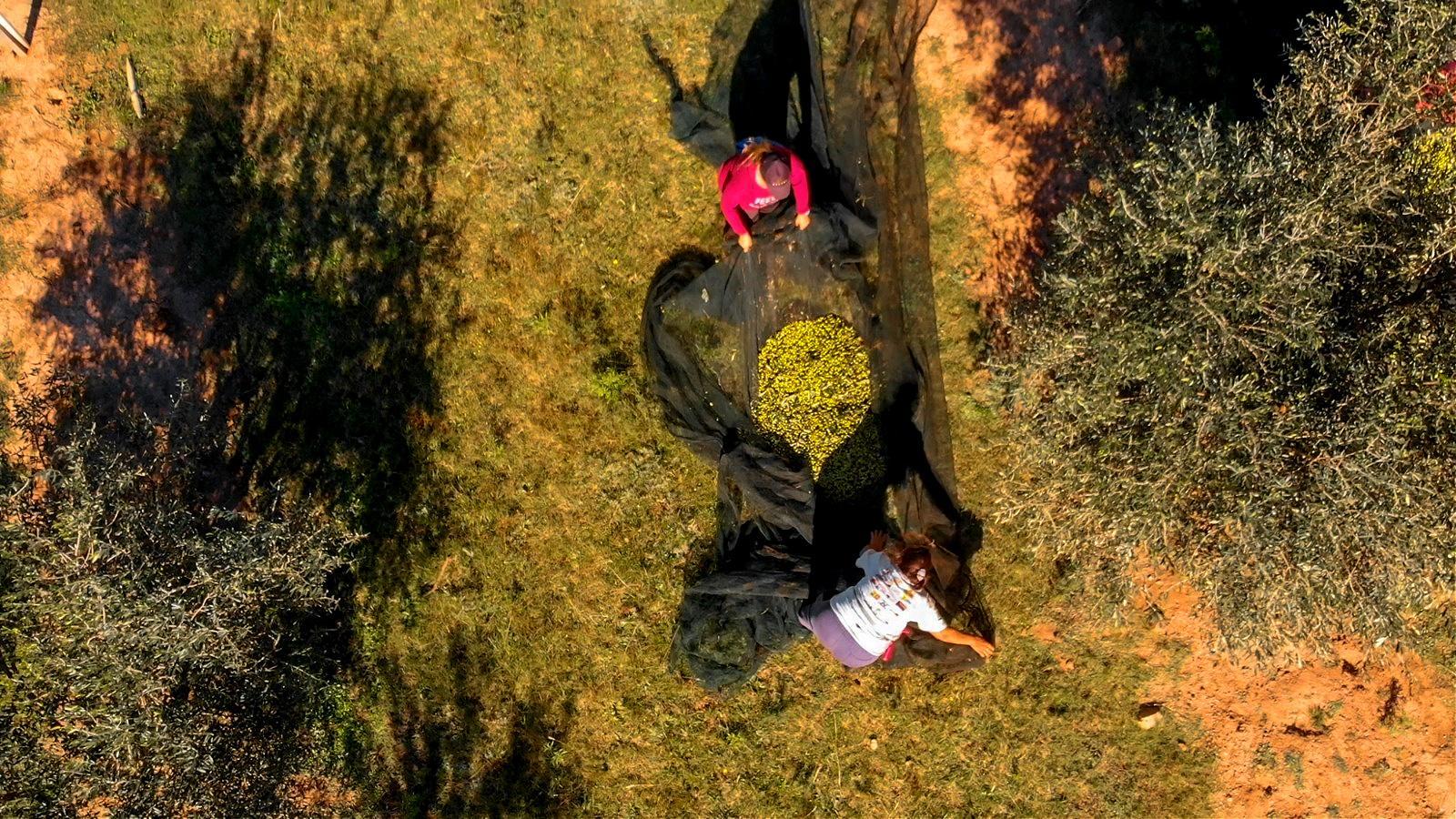
Uruguay faced an ongoing drought as the 2022/23 crop year ended, with large parts of the country running out of potable water, but the olive-growing regions enjoyed near-perfect conditions and produced 3,000 tons of olive oil. Producers in the country’s southeast reported bumper crops, with favorable weather conditions leading to high-quality olive oil and an increase in exports to markets such as Brazil and the United States. Labor shortages and the need for mechanization in harvesting are expected to be the main challenges for the country’s olive industry moving forward.
As the 2022/23 crop year ended in Uruguay, the small South American country was in the international spotlight due to its ongoing drought.
Large swaths of the country, including its two most populous departments, home to 53 percent of the population, ran out of potable water.
The climate was quite favorable during the harvest season, without rain, without humidity, with healthy fruit and better oil yields
However, the largest olive-growing regions were less affected, and preliminary estimates indicate the country produced 3,000 tons of olive oil.
The Santa Lucía River, the primary water source for the capital, Montevideo, and the neighboring department of Canelones, virtually dried up.
See Also:2023 Harvest UpdatesWhile some sense of normalcy may return as the world enters El Niño, which is associated with above-average levels of precipitation in Uruguay, and a new desalinization plant comes online to make the capital city’s water potable again, Uruguay’s leading olive growing regions enjoyed near-perfect conditions.
“The climate was quite favorable during the harvest season, without rain, without humidity, with healthy fruit and better oil yields,” Sergio Gómez, the chief executive of Onoser, who advises many of the country’s producers, told Olive Oil Times.
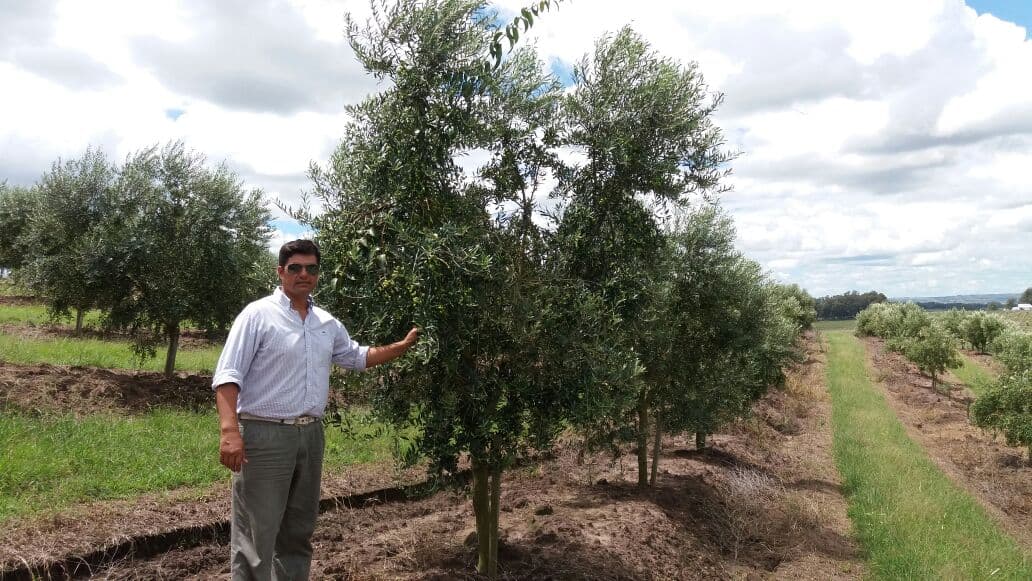
(Photo: Sergio Gómez)
“This campaign, we are around 20 million kilograms of olives, with a yield of 13 to 19 percent depending on the farm,” he added. “I consider the increasingly accurate and adjusted technical management indicative that the productive ceiling for planted hectares is becoming less and less limited.”
In Maldonado, the southeastern department home to 80 percent of the country’s olive groves, producers echoed Gómez’s sentiment.
“This has been a harvest with a large quantity of fruit,” Martin Robaina, the co-owner of Olivos de las Ánimas, told Olive Oil Times. “Unlike what other areas of the agricultural sector have been suffering during the harvest period, we did very well because there was little rain.”
“That allowed us to harvest the olives uninterrupted and minimized the presence of fungus on the fruit, yielding healthier fruit and therefore higher quality olive oil,” he added.
Robaina said he transformed about 600 tons of olives harvested from his groves and purchased from other local growers this year.
“Our biggest challenge was the quantity of fruit we harvested this year,” he said. “Last year, our harvest was much lower, which implied more work this year, more people and a higher level of professionalism to achieve a high-quality product.”
“This year, we worked for two months with three shifts at the mill to keep going for 24 hours,” Robaina added.
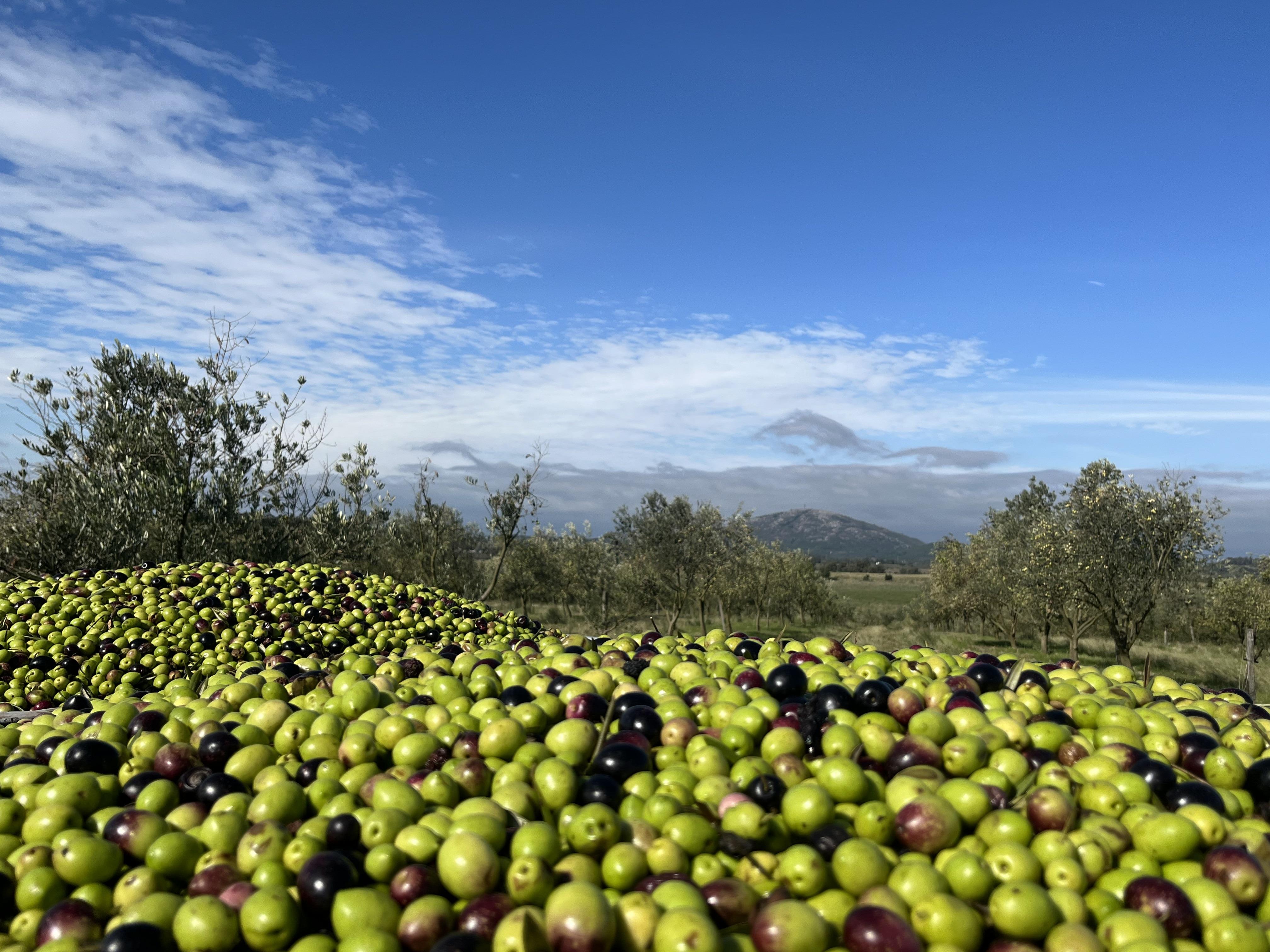
Olivos de las Ánimas sits just 10 kilometers away from the mouth of the River Plate.
About 250 kilometers north of Robaina’s mill, in the department of Cerro Largo, the producers behind Olivares de Santa Laura also enjoyed a bumper crop and attributed the yield to ideal climatic conditions.
“This year has been a great year for Uruguay and Olivares de Santa Laura in particular, great quantity and quality,” co-owner Gonzalo Aguirre, also the president of the Uruguayan Olive Association, told Olive Oil Times. “The drier weather helped us to extend the quantity of early-harvest oil.”
Olivares de Santa Laura is located near the country’s northern border with Brazil, and Aguirre is seeking to take advantage of the bumper crop to expand his exports.
He also attempts to parlay international recognition, including consecutive Best in Class Awards at the 2018 and 2019 NYIOOC World Olive Oil Competition, into a new oleotourism initiative.
“We have several sales options in Brazil, and we are developing oleotourism,” he said. “We have made a significant investment in an event hall, and during the harvest, we have organized visits that we call the ‘Santa Laura Experience.’ We want to continue exploring this path.”
Back in the southeast, one of the country’s two largest producers reported its second-best year in terms of yield volumes.
“And for the third consecutive year, we achieved very good production levels,” María Morín, the marketing manager at Nuevo Manatial, which produces Olivares de Rocha, told Olive Oil Times.

The producers behind Olivares de Rocha enjoyed their second-highest harvest.
“Until 2020, we had been experiencing a very strong production alternation, with year-to-year variations of more than 50 percent, but in the last three years, the differences were less than 50 percent, and we are convinced that it is something that we can maintain in the future,” she added.
Morín attributed the company’s larger and more consistent yields to changes in their fertilization system, improved pruning techniques, undertaking an early harvest and improved sanitary management.
“On the other hand, the quality obtained this year is exceptional; we are happy with the sensory profiles we are obtaining,” she said.
After historically poor harvests were recorded across the Mediterranean basin, Morín said the company’s bumper harvest has allowed them to pursue export opportunities in two heavily import-dependent markets: Brazil and the United States.
“This year, we have a great commercial opportunity ahead of us since extra virgin olive oil is lacking in the world, and prices are at record levels,” she said. “We have the challenge of, on the one hand, maintaining supply to our historical customers, but on the other hand, taking advantage of this opportunity to enter customers who are now looking for new suppliers.”
“We are distributing very well in Brazil, where Olivares de Rocha is already a recognized brand, and since last year we have also achieved a significant presence in the United States, these two being our main export markets,” Morín added.
One of the most significant challenges facing the company is how to most effectively take advantage of the unprecedented opportunities presenting themselves to the small South American country, which is home to 3.4 million people.
While producers on Uruguay’s eastern and southeastern coastline said the hot and dry weather of the previous summer (which stretches from December to March in the Southern Hemisphere) helped to bolster yields, some of their counterparts in the country’s interior cited drought as one of their main challenges.
“The drought that has affected all of Uruguay in 2022/23 has reached extreme values, especially in the department of Florida, partially compromising the quantity of curdled olives and the final tonnage,” María Vittoria Saccarello, the business development director of Pique Roto, told Olive Oil Times.
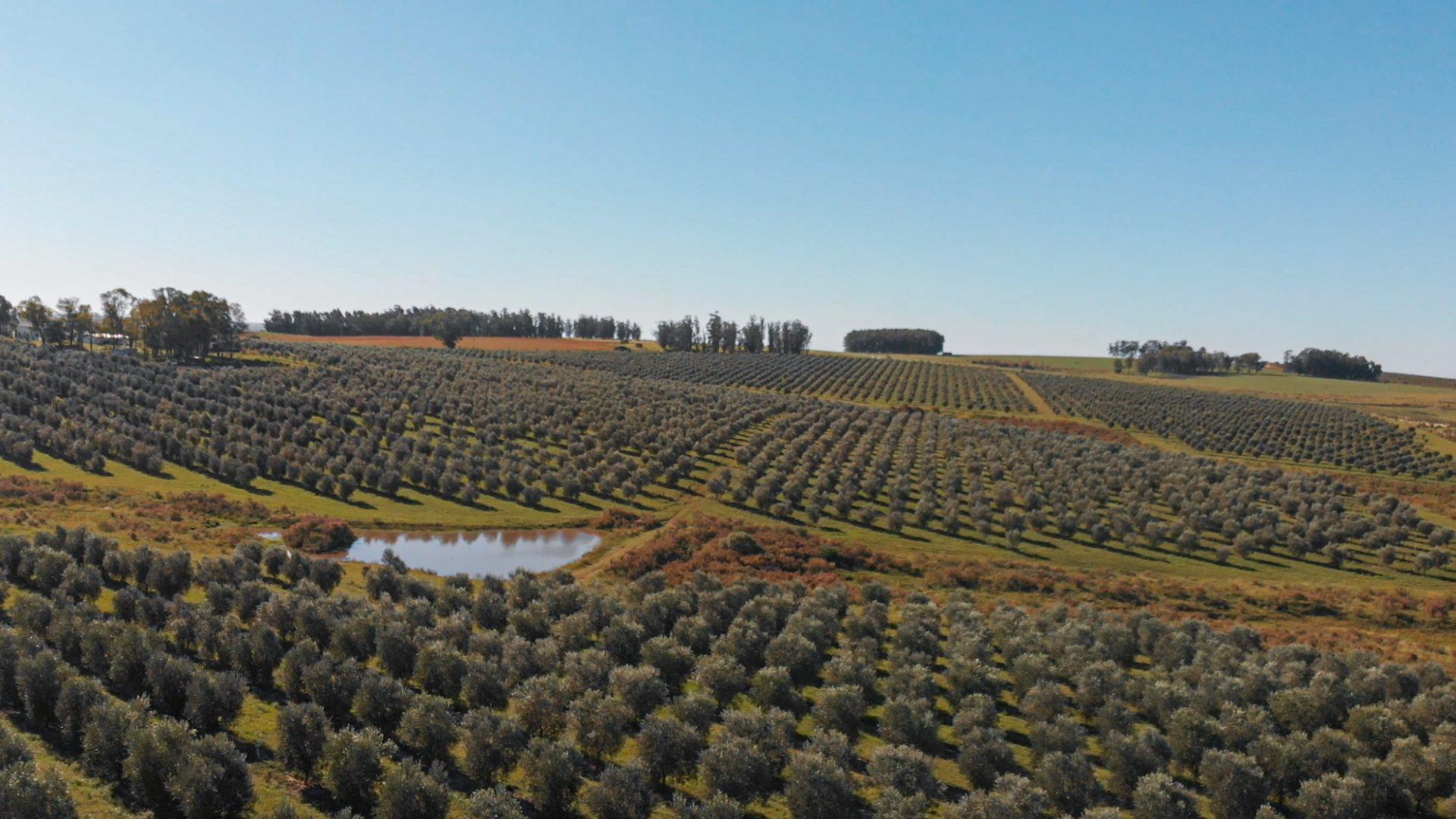
Pique Roto’s olive groves are in Florida, the central Uruguayan department.
“Of the four plantations (for a total of around 60,000 trees) present in Casupá, only one has an irrigation system and saw its water reserve run out a month before harvest,” she added. “Therefore, the harvest in the department of Florida, although remaining at good levels, is against the trend compared to the other olive-growing areas of the country, and in 2023 it has not reached the levels of the previous harvest.”
While Vittoria Saccarello said she harvested fewer fruits this year, she added that the dry weather resulted in 18 to 22 percent above-average yields in some of her Italian varieties.
As a result, she said the quality of what was obtained was very high, “with more accentuated bitterness and spiciness compared to past years.”
During the Covid-19 pandemic and its immediate aftermath, producers across the country cited supply chain issues as one of the biggest challenges, especially a shortage of glass bottles and other packaging materials.
However, Robaina said this situation has largely been resolved. Instead, finding enough qualified workers to harvest the steadily expanding number of trees and quickly mill increasing olive yields will be the country’s main challenge going forward.
“The labor problem is going to increase because the person spends more time in each of the trees,” he said. “So labor becomes more expensive. We will all have to transition to total mechanization of the harvest to make the business work.”




